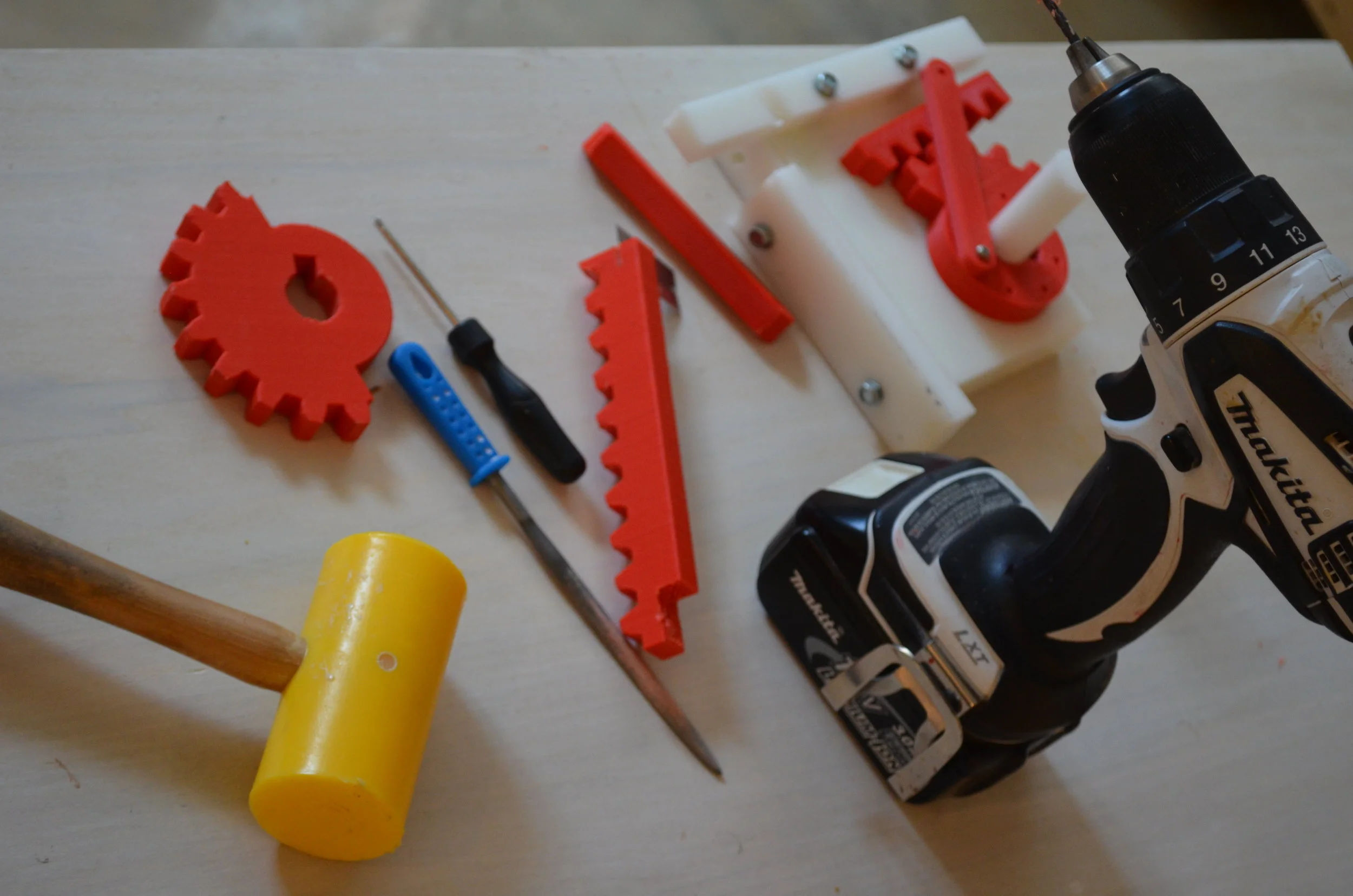Design:
- A really good conversation from O'Reilly media with Cathy Pearl on the design of voice-based interfaces.
- The success or failure of design initiatives (whether products, systems or services) has less to do with feature sets and aesthetics and more to do with understanding the complex interactions between humans and the object or service at hand. New York City is currently grappling with these questions - the WiFi kiosks with tablets that were installed in the city found that there were some NSFW uses, sometimes by homeless people. For now, the city has shut down the kiosks and is trying to figure out what if any limitations on capabilities they should have. Design teams sometimes have a certain "ideal" type of user in mind and forget about the full spectrum of humanity that makes up a major urban center. Arguably homeless users are the members of the public most in need of these kiosks and should have been included early on in the design process as stakeholders. From there functions and features could be built out the right way, rather than reacting to user behaviors the initial design team didn't anticipate.
Virtually There:
- The effects of virtual reality and augmented reality technologies on the brain are far from known - but early evidence suggests it could have significant impacts on how our minds process information and spaces, including changes in how we dream.
Building Things:
- Though Tesla gets the press and prestige, General Motors has been quietly building highly effective, low-cost electric vehicles. Another interesting detail of the article is that Tesla has supposedly moved away from some manufacturing management methods widely considered to be best practices (Toyota method, Kanban, etc.) in order to meet production goals, at the expense of quality: Consumer Reports has stopped recommending the Model S due to customer's reporting quality issues.
Roadmapping the Future:
- Two years in, the MIT Bitcoin Project has been met with a lukewarm response. If bitcoin can't get widespread traction at a university that is nearly synonymous with technology obsessed early adopters and innovators, what chance does it have of finding acceptance in the broader market?
- Every year, offices in the U.S. print out around 1 trillion pieces of paper. While the paperless office concept has long been part of the marketing language for software products, our compulsion for the tangible text or image is only now starting to wane. Christopher Mims says the time is finally right for transitioning to truly pulp-free productivity.

